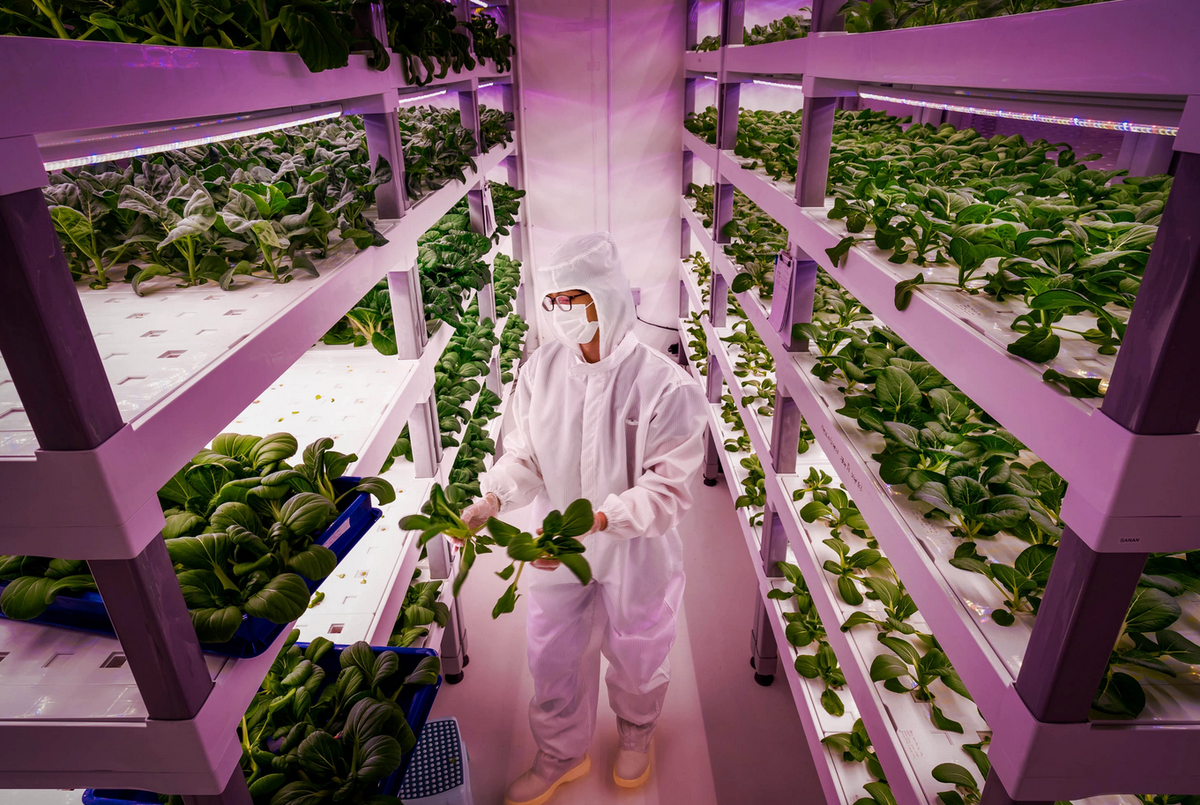Asia, the world's most populous continent, is also home to more than half (425 million) of the world's people still suffering from hunger. Recent environmental, health and political challenges have served as a 'wake-up call', highlighting the need to rethink production and supply chains. In South-East Asia, this has given a strong impetus to the digital transformation already underway in the agricultural sector, triggering a true Agriculture 4.0 revolution.
"Agriculture is a way of life in ASEAN”. Eight out of 10 countries in the region depend on agriculture and its production, and in some, such as Myanmar and Laos, the sector accounts for over 40% of GDP. However, traditional production techniques cannot cope with the increasingly sophisticated demand for food of an ever-growing population. The Asian Development Bank estimates that to keep up with the expansion of the middle class and the growth in demand for food, production would have to increase by 60-70% compared to ten years ago. South-East Asian countries are therefore increasingly turning to agtech solutions that allow them to produce more (and sustainably) with fewer resources in order to ensure food security in a context of increasing instability.
Singapore, one of the most densely populated areas on the planet, relies on vertical farming to overcome the scarcity of land for agricultural use. There are now more than a dozen rooftops used for urban agriculture, designed to guarantee a harvest of 2,000 tonnes of vegetables per year. Using hydroponic technology, the ComCrop company manages to produce vegetables without the use of harmful pesticides or herbicides, while at the same time reducing water consumption by 90% compared to traditional agriculture. Production, transport and storage costs are also significantly lower: produce grown on the city's rooftops is available in local shops more quickly and at lower prices.
In addition to limiting insecurity due to high external dependency in terms of food supply, new technologies also protect crops and animals from potential environmental hazards. Blue Ocean Aquaculture Technology (BOAT) has transformed an industrial space in the Tuas area of Singapore into an indoor 'futuristic fish farm' system. By exploiting nano-oxygen technology, the company is able to sustainably produce up to 18 tonnes of fish per year, safe from problems such as water pollution and plankton blooms.
The work of pioneering companies such as ComCrop and BOAT aligns perfectly with the Food Security Roadmap, the Singapore government's plan to independently provide 30% of the city-state's nutritional needs by 2030, which includes the allocation of more than USD 40 million aimed at ensuring the resilience of the agricultural industry and the efficient management of resources.
The success of agtech is also transforming the lives of many workers in the region. Pham Thi Huong told Nikkei Asia that he gave up her job on coffee plantations in the central highlands of Vietnam to dedicate herself to growing strawberries on rocks in a greenhouse in Orlar. The Australian company, in collaboration with the Dutch Business Association of Vietnam, has in fact devised a new form of vertical farming that uses rocks treated with a patented mix of microbes to provide nutrients for the crops, in the absence of soil and with minimal use of water.
In the Thai province of Prachuap Khiri Khan, Kirana Leesakulpran, 48, who has been in the shrimp farming business for almost 30 years, has turned her business around by integrating some automatic feeders and a paddle aerator system in her factory. "Since implementing this new technology and system, we’re able to produce more. We earn more profit and it makes our lives as farmers more sustainable," she commented, explaining how water purification times have been reduced from three to seven days and productivity has increased significantly, while at the same time reducing feed waste, which is one of the biggest costs in the industry.
For people whose livelihoods depend on farming and animal husbandry, the balance between productivity and sustainability plays a key role in ensuring access to nutritious food in sufficient quantities. Against the backdrop of a general surge in food prices and rising fuel and fertiliser prices due to the conflict between Russia and Ukraine, farmers in South-East Asia are faced with extreme weather events and endemic food insecurity problems. This is prompting governments and local companies to rethink production and supply systems, opting for the integration of digital technologies and artificial intelligence into production chains. Given the region's strong technological vocation, South-East Asia is a fertile ground for the development of innovation in the agri-food sector; global and regional challenges will provide an important test bed for the nascent agtech and foodtech markets.






